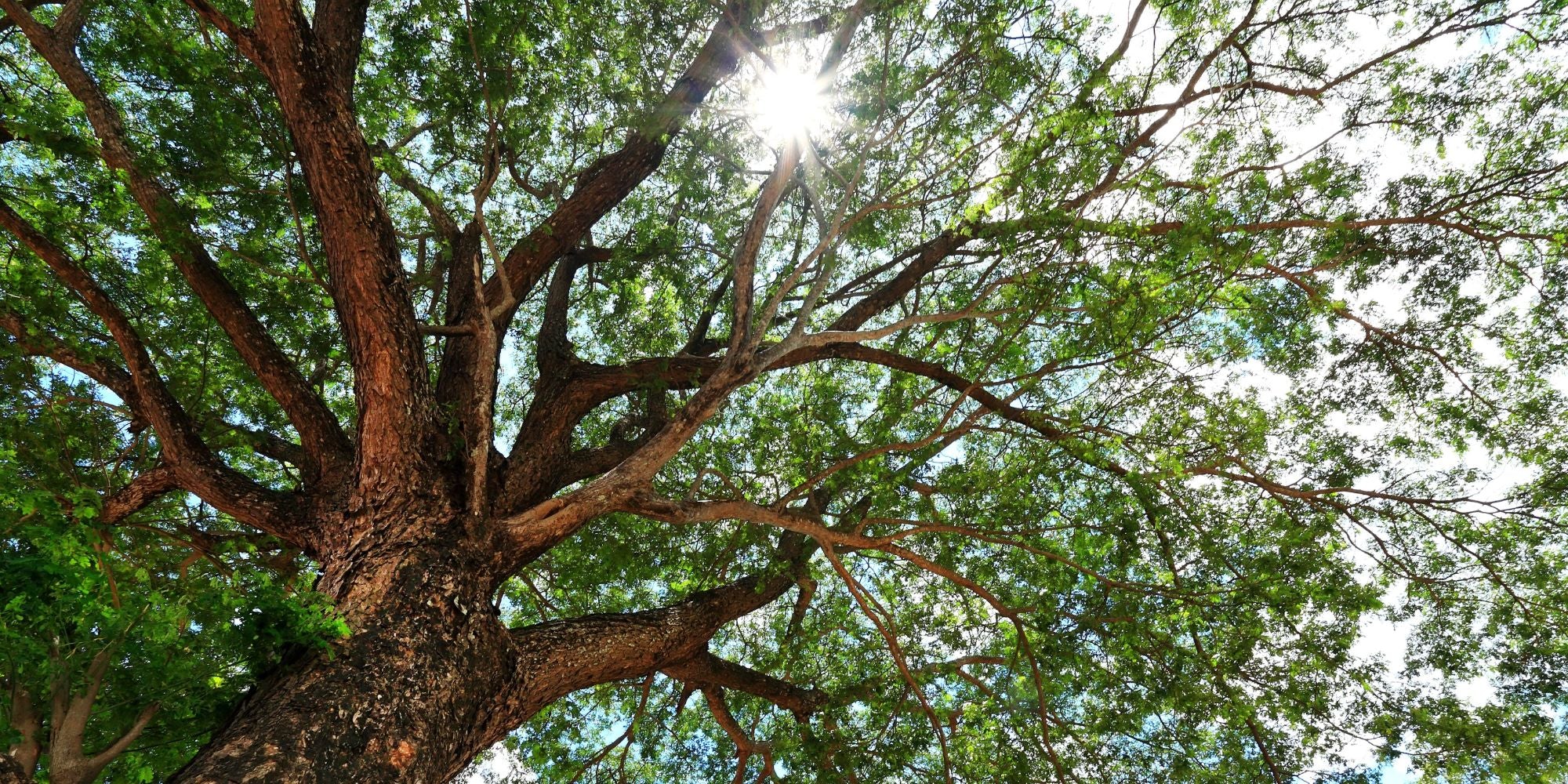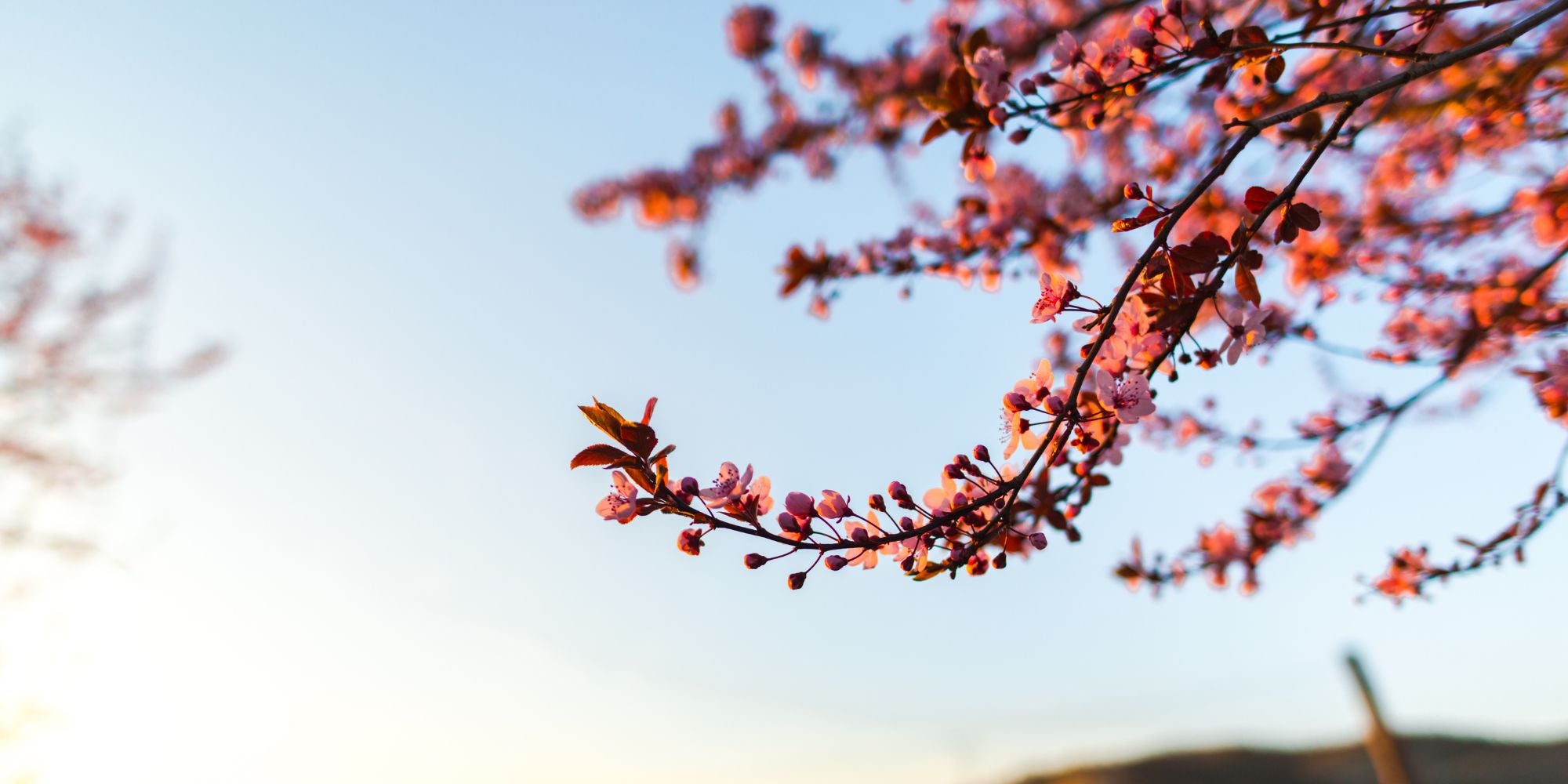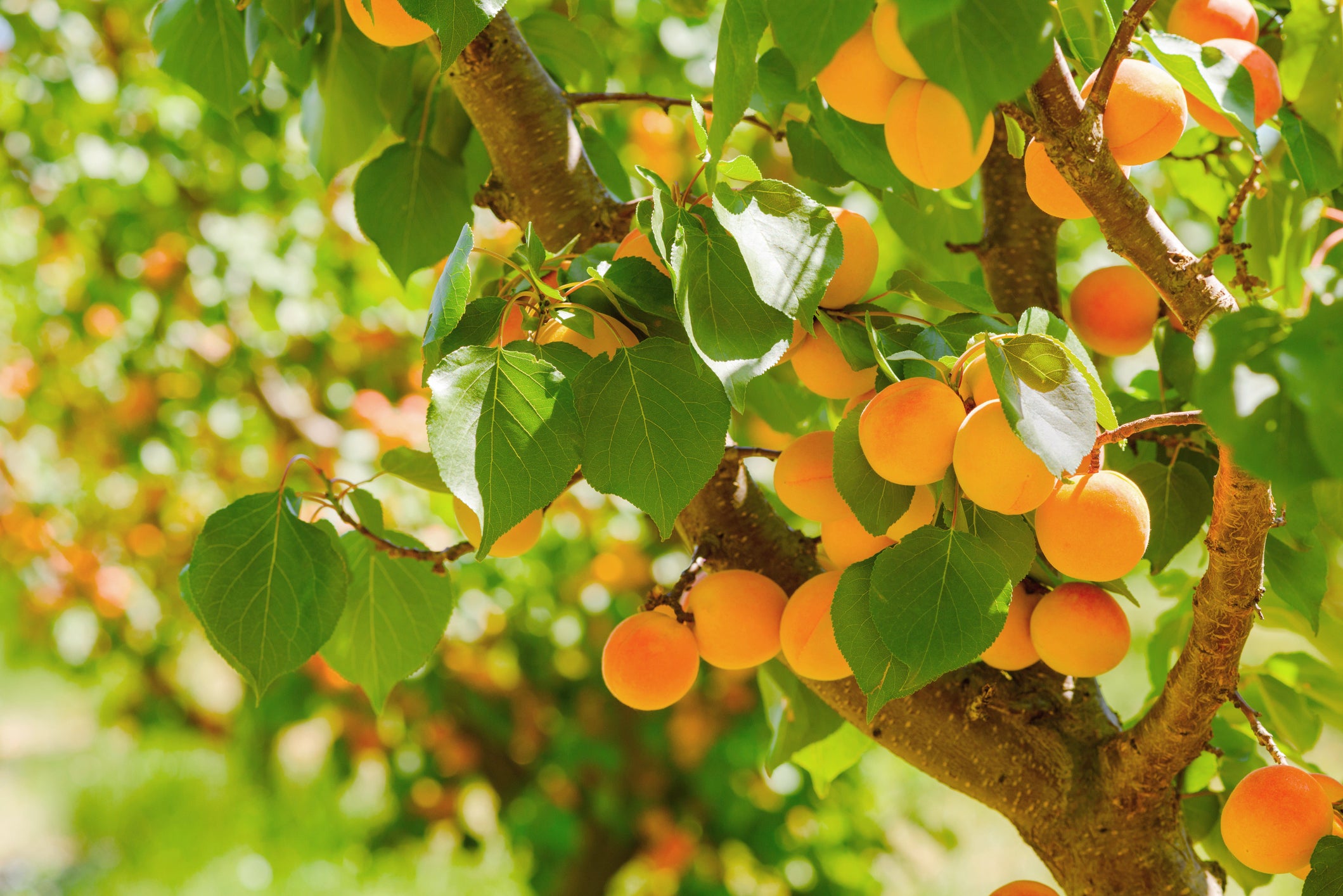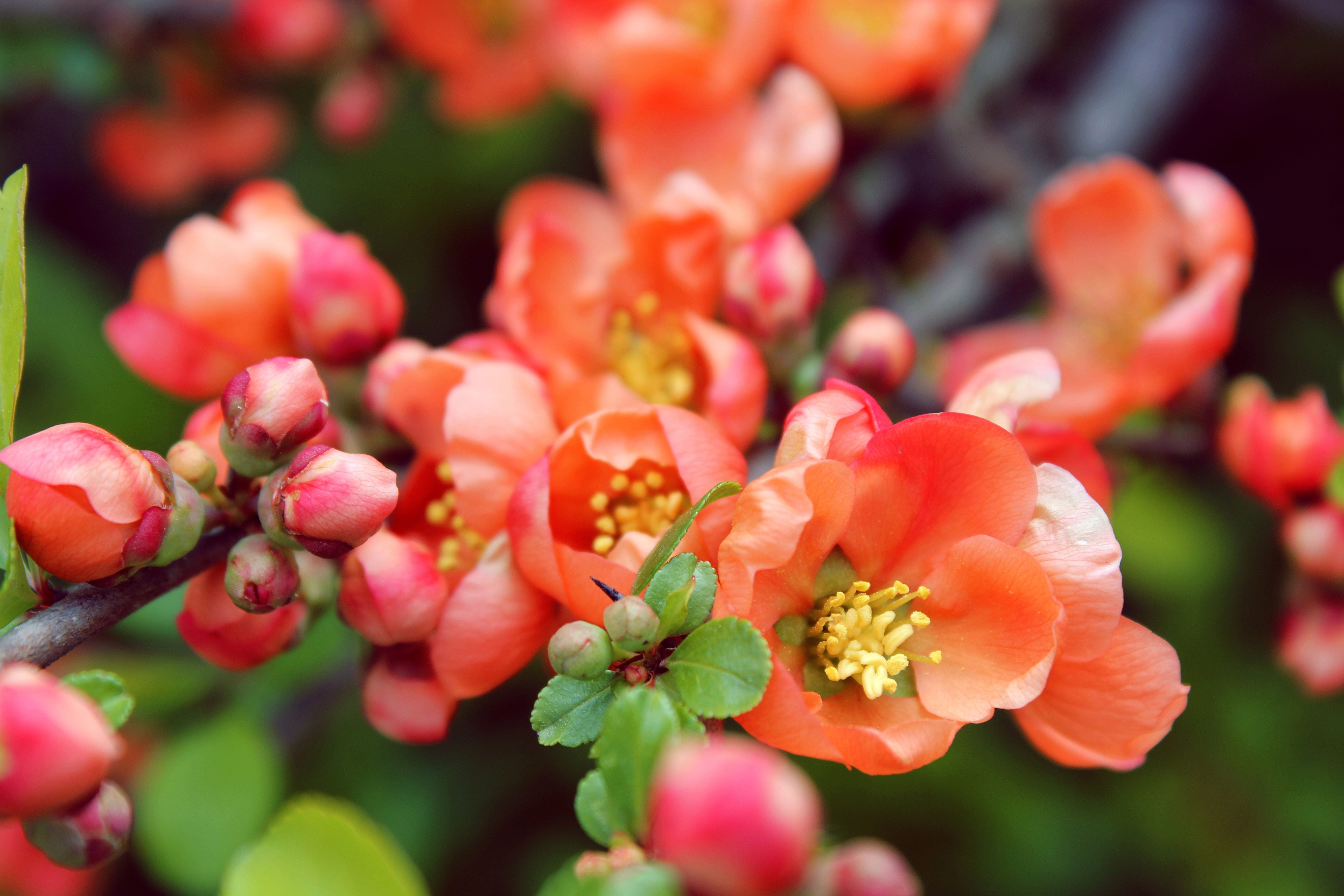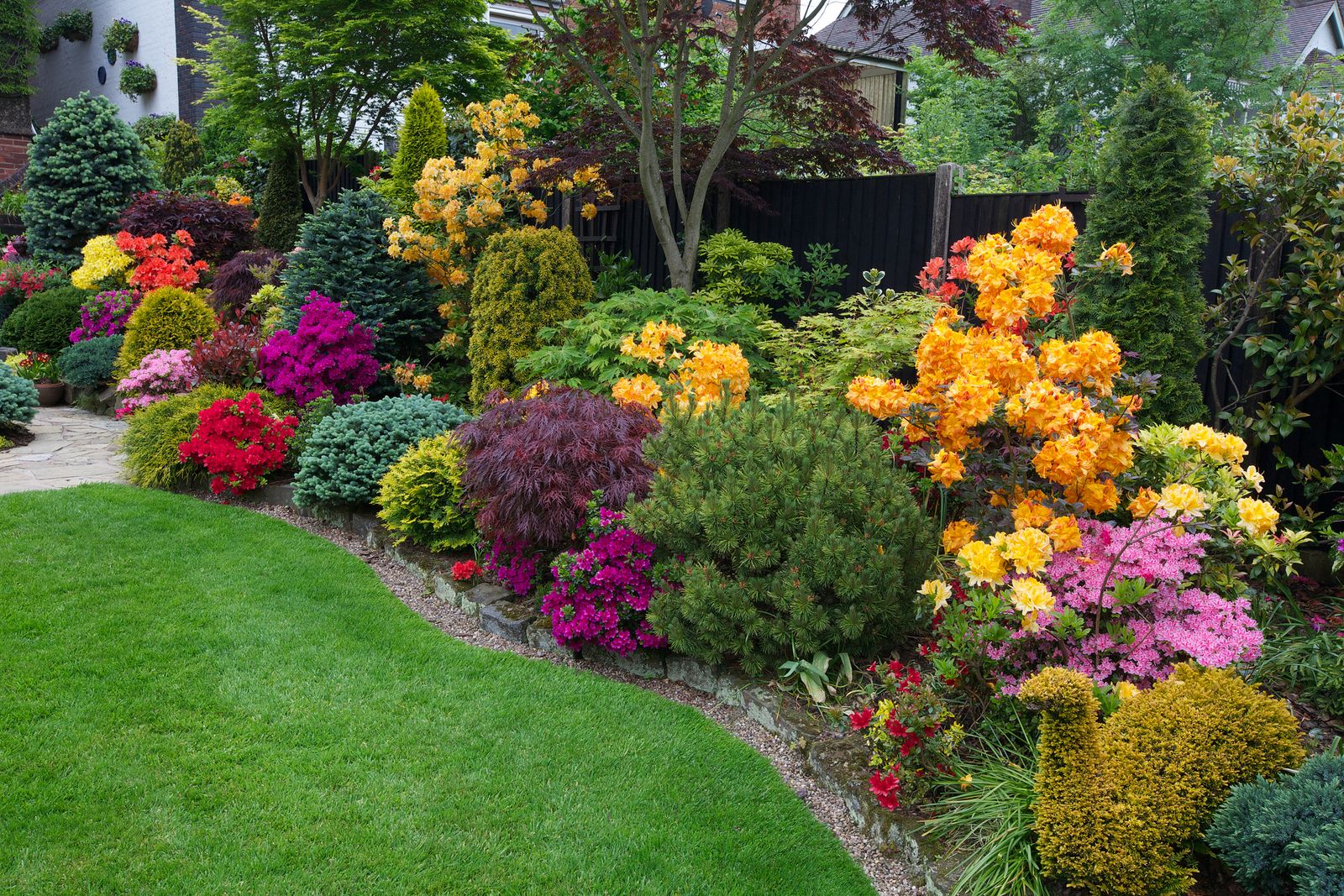How Many Apple Trees Do I Need To Plant?
The question stirs in the quiet of planning a garden: how many apple trees do I need? It's more than numbers; it's about envisioning the future of your green space. Between the bees' buzz and the apple's crunch lies a choice. A choice that involves understanding pollination companions, seasonal growth, and, ultimately, the harmony of your garden. The ambition for a fruitful orchard nest within a simpler inquiry—how do I turn my garden into a place of both bounty and beauty?

At Tristar Plants, your orchard's success starts with the right apple trees. Whether your dream harbors crisp Gala or tart Granny Smith, we guide you through selecting trees that complement each other for optimal cross-pollination. With our curated collection, planting two or more varieties ensures not only a vibrant display but also a plentiful harvest. Each tree in our selection is tailored to thrive with minimal fuss, aligning with your wish for a serene and fruitful garden.
Understanding Pollination Requirements for Apple Trees
An apple tree isn't a solitary grower. It's part of an ecosystem where insects, especially bees, play a significant role. The flowers of apple trees need to swap pollen to set fruit - a process known as cross-pollination. So, one apple tree rarely does well on its own.
Even self-fertile varieties, the ones that carry both male and female parts, perform much better with cross-pollination. Some apple trees require pollen from a different apple variety. The pollinators – bees, flies, beetles – transfer this pollen as they move between blossoms. So, to ensure a good harvest, a minimum of two apple trees of different varieties are usually recommended. If you have no space constraints, having more will only improve pollination and increase your apple output.
Assessing Available Space in Your Garden
Apple trees need room. They need plenty of sunlight, good air circulation, and soil spacing. Apples come in different forms - standard, semi-dwarf, and dwarf. Of these, dwarf trees occupy the least space, growing up to 8-10 feet. On the other hand, standard apple trees can grow up to 30 feet tall and equally wide.
Map your garden. Consider how large your chosen apple tree variety will grow, then plan the distance between each, ensuring you don't crowd them. They should have enough space to spread without hindering each other's growth. Besides, you need to account for space for mowing, irrigation, and other chores. All these considerations will answer, 'how many apple trees do I need?'
Planning for Desired Yield of Apples
The question "how many apple trees do I need?" also depends on how many apples you want. If merely the charm of an apple tree is what you desire and an apple or two in the season delights you, one tree might do. On the other extreme, if you plan to meet most of your Apple needs from this homegrown supply, you will need significantly more.
In full production, a standard tree can yield up to 100-200 lbs of fruit per year, and a dwarf apple tree might provide 30-60 lbs. This number can vary due to factors like tree health, growing conditions, and care it receives. Your anticipated use of apples - whether you plan to eat them fresh, bake, store, or share them - all come into play in deciding just how many apple trees you should plant.
Considering the Variety and Growth Habits of Apple Trees
Choosing the right apple tree for your garden is more than just picking a favorite type of apple. Different varieties offer different sizes, growth habits, and fruiting times, which can greatly affect how many trees you'll need and how they'll fit into your space. For instance, dwarf varieties, because of their compact size, are excellent for smaller gardens or even container growing, and you might be able to fit more of them into a given area compared to standard-size trees.
On top of physical size, the growth habits and life cycle of the variety you select will influence your garden's overall appearance and yield. Some apple trees, like the 'Honeycrisp,' are known for their vigorous growth and might need more space to thrive, whereas others might be more contained. Certain types bloom early and set fruit early, while others might have a later cycle, potentially extending the harvest period if you plan carefully. This allows for a strategic approach to planting to maximize both beauty and bounty.
Evaluating Local Climate and Its Impact on Growth
The local climate plays a pivotal role in the success of growing apple trees. Not all apple varieties will flourish in every climate; some require cold winters to break dormancy, while others are more suited to milder conditions. For example, varieties like 'Granny Smith' or 'Fuji' are more tolerant of warmer climates, whereas 'McIntosh' and 'Haralson' need colder temperatures to produce the best fruit.
Aside from temperatures, considerations such as the length of the growing season and the risk of late or early frosts can dictate not only the variety that would be best suited to your area but also the care and maintenance required to protect your trees during vulnerable periods of growth. The more aligned your chosen varieties are with your local climate, the greater your chances of enjoying a fruitful harvest.
Analyzing Soil Conditions Suitable for Apple Trees
Soil isn't just dirt—it's a living, breathing foundation that sustains the growth of your apple trees. The right soil conditions can enhance root health, nutrient uptake, and, by extension, overall tree health and fruit production. Ideally, apple trees prefer well-draining soil with a pH between 6.0 and 7.0. While they can tolerate a range of soil types, from sandy to clay, ensuring good drainage is critical to prevent root diseases and promote strong growth.
Before planting, it's beneficial to test your soil to understand its current condition and what amendments it might need to support apple trees best. If your soil is too dense, incorporating organic material can improve its structure and drainage. On the other hand, if it's too sandy, adding organic matter can help retain moisture and nutrients. Adjusting the soil before planting and maintaining its condition can lead to a substantial difference in the health and productivity of your apple trees.
Nurturing Beyond Apples: A Symphony of Fruit Trees
With Tristar Plants, planting an orchard doesn't require incessant care; it's about making smart choices from the start. A symphonic orchard weaves together various fruit trees, each playing its part in the ecosystem of your garden. From the whisper of cherry blossoms to the firm presence of pear trees, we offer advice on creating a diverse orchard. These companions to your apple trees not only enrich the land but also entice beneficial pollinators, knitting together a living tapestry that thrives year-round.
Reach out today, and let us help you cultivate an outdoor space where nature's bounty and beauty are in balance.


